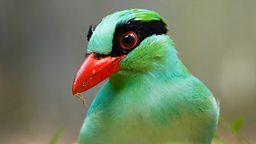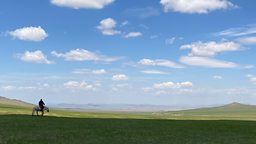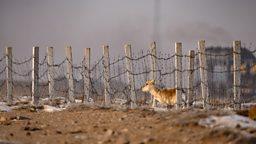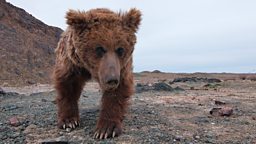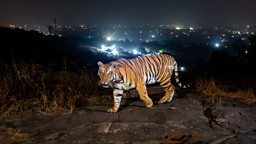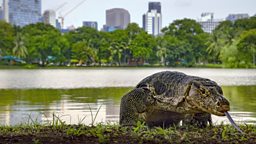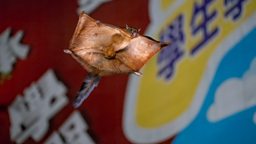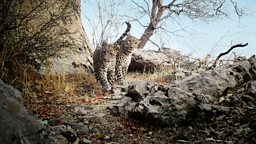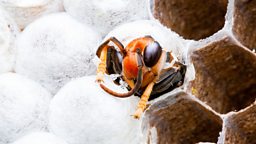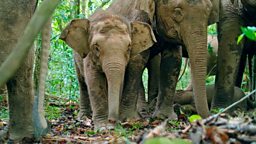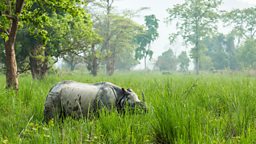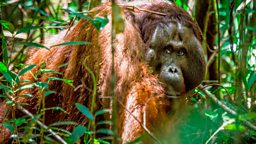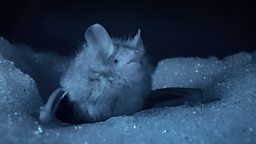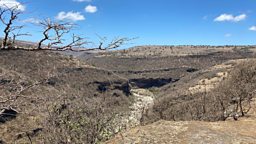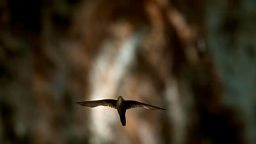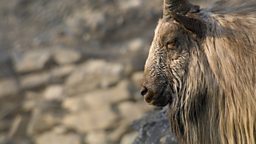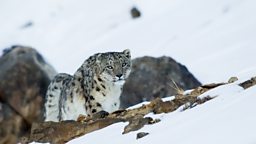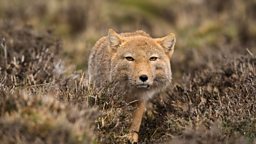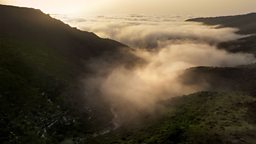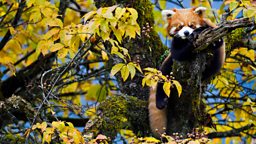It takes a village to conserve the snow leopard
By Dr Kulbhushansingh Suryawanshi, Scientist for the Snow Leopard Trust and Nature Conservation Foundation

Image by Alex Vail
This sighting was such a momentous occasion that the village had a feast that night
Fifteen years ago, on a bitterly cold day in January, temperatures had dropped to minus thirty Celsius, and the roads had been blocked for over two months. It was then that I saw my first snow leopard from the roof of a house in Kibber village, where the ground was covered in a thick two-foot carpet of snow, as far as the eye could see.
This marked only the second time that anybody had seen a snow leopard in the previous decade. Myself and a few young men from the village watched the three snow leopards for over five hours as they trudged their way through the thick snow, then rested for the afternoon on a precipitous cliff. This sighting was such a momentous occasion that the village had a feast that night: “We only need a reason to party” joked my colleague and collaborator, Sushil Dorjay. Local brews flowed from every house, and platters full of mutton dumplings and stew were passed around from hand to hand. People sang and danced till sunrise. This was a stark contrast with what I had always previously understood – that locals did not get on with snow leopards, as they hunt their livestock which graze freely on the rangelands.

Women from Kibber village analysing camera trap images of snow leopards. Image by Kesang Chunit
...the people of Kibber have been sharing their knowledge with each other to help support these conservation efforts.
Researchers from the Nature Conservation Foundation have been studying the snow leopard and its main prey, the blue sheep (Pseudois nayaur), around Kibber village since the late nineties. The then-Director of the research program, Dr Charudutt Mishra, started by creating conservation programs to help local people live alongside snow leopards. These programs aimed to increase the population of the blue sheep, and therefore reduce the likelihood of snow leopard-livestock conflicts.
Over the years since then, the researchers and the people of Kibber have been sharing their knowledge with each other to help support these conservation efforts. Along the way, more than twenty-five men and women, both young and old, have joined the research and conservation teams. More than fifty research papers have been written from the research base camp in Kibber, many of them co-authored by the people from the village. Over this 25-year journey, the successful conservation models pioneered in Kibber have been replicated by communities across many high mountain regions in central and south Asia.
In March 2021, there were twenty-three days of snow leopard sightings. So, by the time the ������̳ team reached Kibber Village in the winter of 2022, they knew they had a good chance of success. Indeed, prior to the ������̳’s arrival, a team of seven or eight local people had placed around a hundred camera traps to estimate the population of snow leopards in the region.

A snow leopard at a waterfall near Kibber village. Image by Prasenjeet Yadav
...the people of Kibber Village will come together once again in protection of its snow leopards.
When I arrived to meet the film crew one evening, the village was eerily quiet. However, the flat grounds beyond the village, near a deep gorge, resembled that of a village fair - picnic tables, camping chairs, and colourful flasks of tea, all nestled among biscuits and cakes. The whole village and its tourists were in deep celebration while observing some snow leopards from afar. Such scenes reminded me of those same festivities from fifteen years ago.
By now, Kibber Village was the epitome of human-carnivore coexistence. Scientific research and local knowledge had together found solutions to the problem of livestock predation. And the cherry on top - a growing stream of revenue from the tourism these sightings created.
It was that same winter of 2022, whilst the ������̳ were filming, when we learned about a bigger threat that overshadowed - not just the snow leopards or the village of Kibber, but also the entire valley. A huge solar power plant was proposed on the plateau surrounding the village. A year later, the project was withdrawn due to high costs.
We know from experience that this project may raise its head again. But there is one thing that I know for sure – the people of Kibber Village will come together once again in protection of its snow leopards.

Community meeting in Kibber village. Image by Rinchen Tobgay
